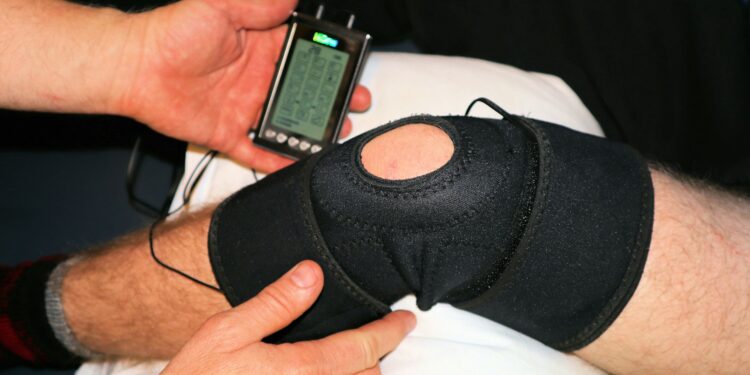Many doctors agree.
Physical therapy is often seen as a service needed only for post-surgery recovery or injury rehabilitation, but it can play a crucial role in prevention and maintaining overall health. Experts like Sharon Dunn, former president of the American Physical Therapy Association (APTA), stress the importance of physical therapy for routine assessments, injury prevention, and improving general well-being. Many physical therapists advocate for a shift in perception, suggesting that people should seek therapy for preventative care, much like routine visits to the dentist.
Roger Herr, APTA’s current president, and Gammon Earhart, associate dean at Washington University’s physical therapy program, both support this approach. They argue that physical therapists can offer significant benefits beyond rehabilitation by helping individuals optimize their movement and health before problems arise. Regular visits could include assessments of physical activity, posture, movement patterns, strength, and flexibility, allowing therapists to identify potential issues early on and suggest interventions to prevent future complications.
A growing trend in the field is allowing patients to see physical therapists directly without needing a referral from a doctor, which is now possible in all 50 states. While this access is beneficial, the cost of preventative visits can be a barrier, as these sessions often aren’t covered by insurance. For example, such a visit might cost around $150 to $300 depending on the region. However, experts argue that this investment in prevention could save individuals from more costly treatments or surgeries in the future, potentially leading to healthier and longer lives.
For children, early evaluations by a physical therapist could help determine which sports or activities are best suited for their body type, potentially avoiding injury. This type of screening could be especially valuable for preventing issues in sports like ballet, where certain body structures may not be ideal. Additionally, evaluating children’s bodies can ensure they engage in activities that align with their physical capabilities, reducing the risk of future pain or injury.
Physical therapists also play a key role in addressing concerns related to aging, such as the fear of falling. By teaching simple exercises that build strength, balance, and coordination, they can help older adults gain confidence and reduce the likelihood of falls. Furthermore, issues related to weight, particularly excess weight affecting movement and joint health, are another area where physical therapists provide significant support. Through both pre- and post-surgery rehabilitation and lifestyle changes, they can help individuals manage their weight and improve overall physical function.

































Discussion about this post